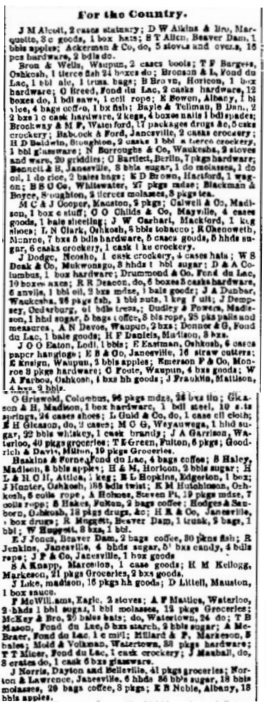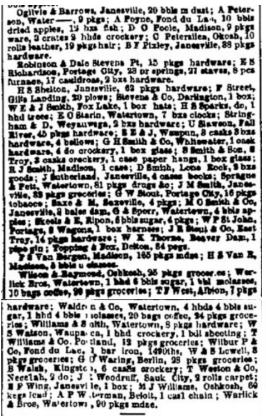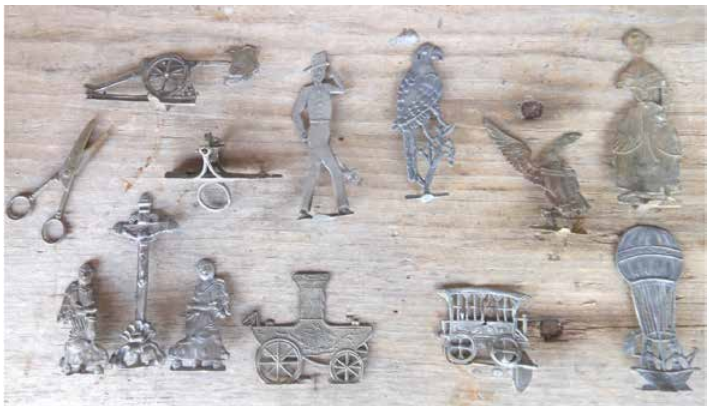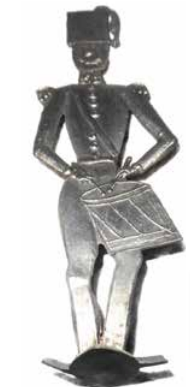Introduction
Living in rural Southeast Wisconsin near to Lake Michigan, opportunities to research toy soldiers without using the internet are far and few between.
Small towns in Wisconsin are often proud of any local news and the downtown barber shop in Port Washington WI can be the hub of gossip.
Recently, visiting my barber, another customer struck up a conversation and it happened that he was a salvage scuba diver. He told me the story of a sunken ship – the Toledo, which lay in Lake Michigan. He and some colleague’s had made successful dives to recover items from this cargo/passenger ship.
The pictures that follow are examples of some of the items salvaged and are compatible with items mentioned in previous OTS articles on the early American manufacturer Peter Pia.by Robin Forsey and others.1
The Toledo
SS Toledo was an American Passenger/Cargo ship that sank during a storm in Lake Michigan near Port Washington, Wisconsin, United States on 24 Octo-ber 1856 with the loss of 39 to 79 lives. It was owned by the American Transport Company, whose fleet operated on the Great Lakes between east and west, catering to immigrants on their way to settle in Wis-consin and Minnesota.
Toledo was built at the Benjamin Buhl Jones shipyard in Buffalo, New York, United States and completed in 1854. The ship was 54.3 metres (178 ft 2 in) long, had a beam of 8.8 meters (28 ft 10 in) and a depth of 3.4 meters (11 ft 2 in). She was assessed at 585 GRT and had a single high-pressure engine driving a single screw propeller, as well as a single boiler. The ship was also equipped with a single mast and smoke-stack. She was constructed with a wooden hull.
In August 1855, Toledo collided with the schooner White Cloud in Lake Huron with both ships suffering damage. That same year, she struck a pier in Cleve-land Harbor, Ohio, United States and partially sank. She was raised and repaired, but her cargo of corn was ruined.
Toledo departed Port Washington, Wisconsin, United States harbor on 24 October 1856 for Milwaukee, Wisconsin, United States with either 41 or 81 passen-gers and crew and package freight onboard, when a violent storm began to form. The ship’s crew decided to lower the anchor, but its chain got caught. Before her crew could free the anchor chain with axes, she ran aground near Port Washington. The storm rapidly broke up the ship, leading to the loss of all but two of its passengers and crew.
A contemporary description of the incident ran as follows:
“Much of the travel between east and middle west then was by ship on the Great Lakes and the Toledo had aboard 80 persons, including passengers and crew, when it docked at the old Port Washington pier to discharge passengers and freight. The ship was ready to clear when a sudden summer storm blew up. The captain decided to keep on for Milwaukee. The storm increased in violence so rapidly that the ship was only 20 rods from the pier when it became apparent that she could not make headway and was getting into difficulties. Watchers ashore could see the crew breaking out the anchor. The chain fouled the hawse pipe, and the hook hung clear of the bottom. Axes were wielded desperately to clear the chain, but the ship drove on until she piled on the beach and broke up rapidly. Only two
persons were saved…”
“Several of the officers and agents of our city Insurance Companies returned from Port Washington yesterday, whither they had gone to see about the wreck of the ill-fated propeller Toledo. They described the scene as an awful one. For two miles, or more, the lake shore is lined with fragments of the wreck, piled up, in many places, several feet high. The heavier portions of the hull have come ashore in large pieces, but the upper works are broken up into innumerable fragments. All the dry goods and furniture boxes have been rent asunder by the force of the waves and their contents riddled by the sand, like sieves, and scattered far and wide along the coast…”
Estimates of the loss of life varied from 30 to 40 or 80 people.
The Wreck
The wreck of Toledo lies in 20 feet (6 m) of water at 43°23′N 87°51′W. Immediately following the sinking, most of the ship’s superstructure had been broken up into fragments and strewn across two miles (3.2 km) of the lake shore near Port Washington, sometimes the debris reached several feet high. The ship’s hull had mostly sunk to the lakebed with some large pieces washing up on shore. The ship’s boilers and engine were raised on 27 September 1857 and sent to Chicago, Illinois. The anchor was recovered in 1900, along with some of the ship’s rigging. Her salvaged anchor lies at the Port Washington Union Cemetery. On 2 August 1963, two scuba divers explored the wrecksite and recovered several artifacts. The condition of Toledo’s wreck is described as extremely broken up and scattered over a large area while it rests on the lakebed of Lake Michigan on top of sand, rocks and hard packed clay in 20 feet (6 m) of water. The wreck’s debris field begins just two yards (1.8 m) off shore, and the ship’s decking, left behind machinery, and smokestack are still intact.

have salvaged some of what remains from the wreck. The following images illustrate some of their finds.
The Treasure
Some of the other items recovered, are shown in the next image. These include a vignette of Adam and Eve and apple tree, Adam presenting an apple to Eve. Hopefully I will be able to access a better picture of this item and publish it in an update to this article. A selection of some of the other items recovered, are shown in the next image.
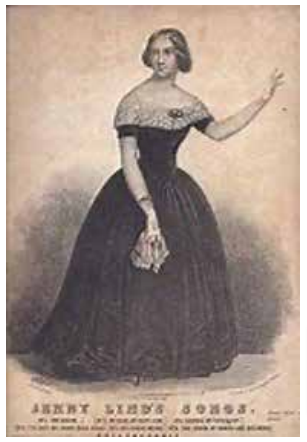
More detailed images of a selection of the items follow. This includes the figure of Johanna (Jenny) Maria Lind (Madame Goldschmidt), (6 October 1820 – 2 November 1887). She was a Swedish opera singer, often called the “Swedish Nightingale”. One of the most highly regarded singers of the 19th century, she performed in soprano roles in opera in Sweden and across Europe and undertook an extraordinarily popular concert tour of the United States beginning in 1850. She was a member of the Royal Swedish Academy of Music from 1840.
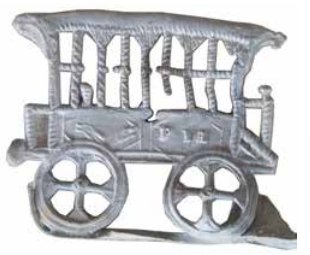
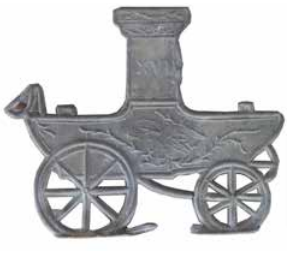
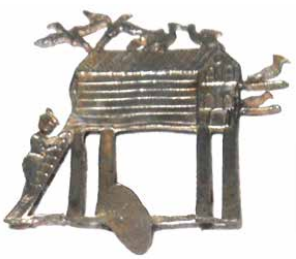
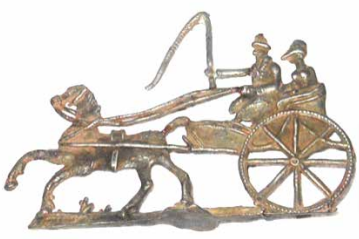
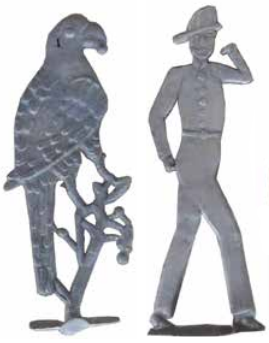
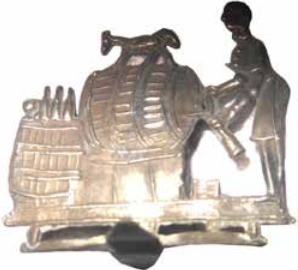
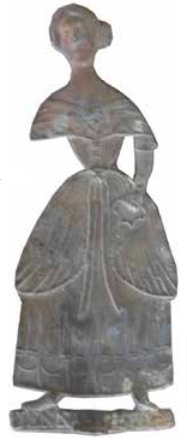
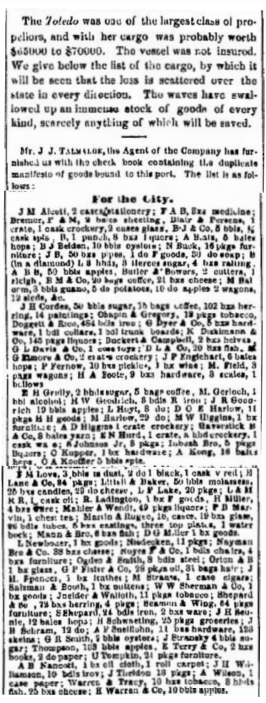
Endnote:
Robin Forsey wrote in response to Norman’s article.
“Actually, there is not much I can add, although there are three points worthy of note. Up until now I have automatically assumed that Pia Brothers toys probably did not venture any further than the boundaries of New York City, but those discovered on the wreck of the “Toledo” seem to prove otherwise, or at least they were available as far-a-field as the mid-West. Secondly, I have always wondered whether the firm had painted their toys themselves because if so they most certainly made a rough job of it. Indeed, a child could have done better. However, those recovered from the wreck suggests that they did not. All being “in-the-raw” as it were, indicates that they sold their toys as plain castings and left it to the purchaser to do the colouring. Thirdly, something else which I automatically assumed was that the firm had produced the U.S. Army eagle cap insignia during the Civil War as some form of patriotic gesture, but evidently not. They must have been making it during the 1850s. Regarding the cargo list (attached herewith), although it would be a labour of love, but with some research it may be possible to find out from this document who were the toy and “Fancy Goods” dealers in the area. If so it would certainly indicate who may have been selling Pia Brothers playthings in Wisconsin. Maybe one day I will get around to doing this. It might make a very small Journal article.”
